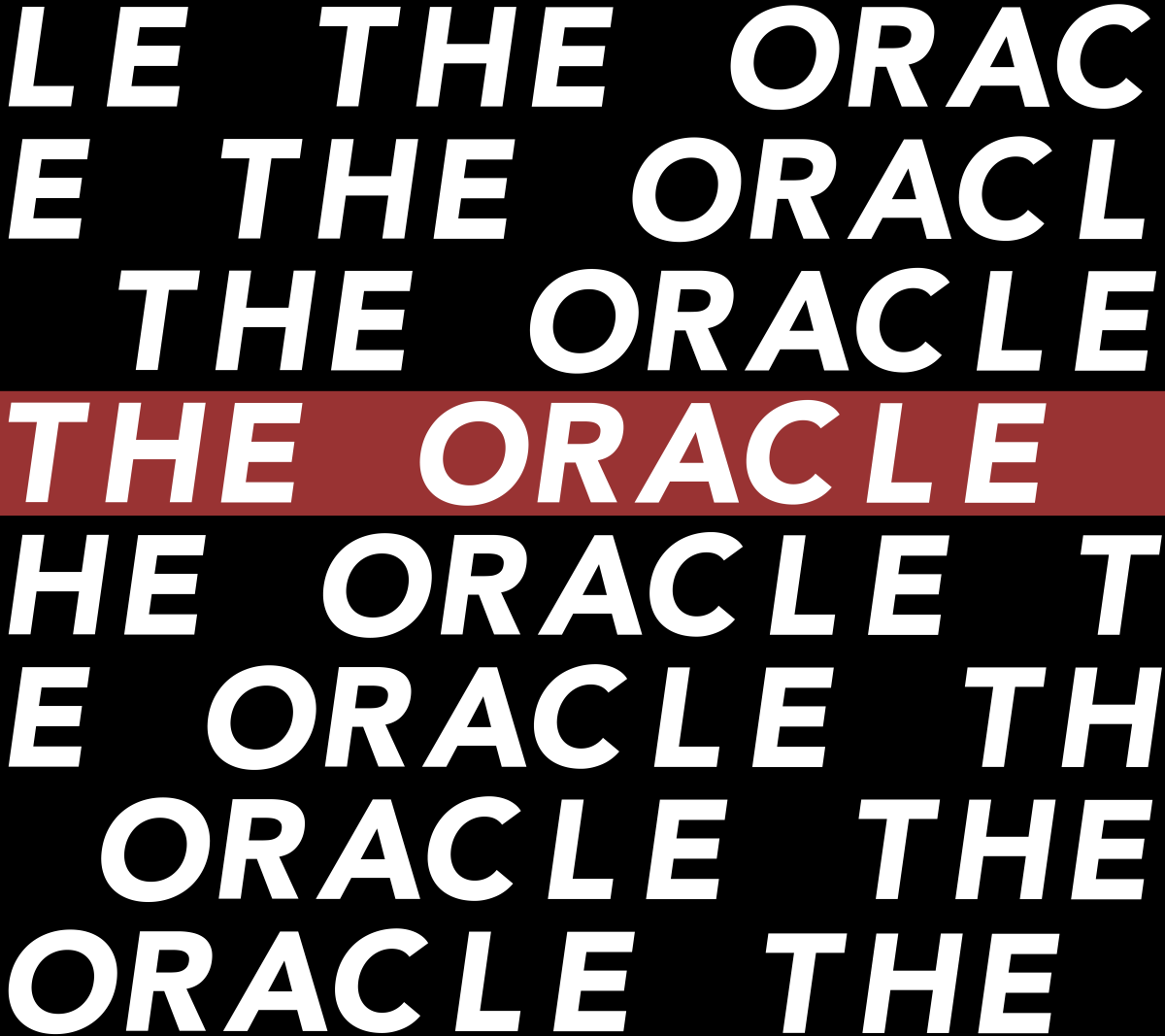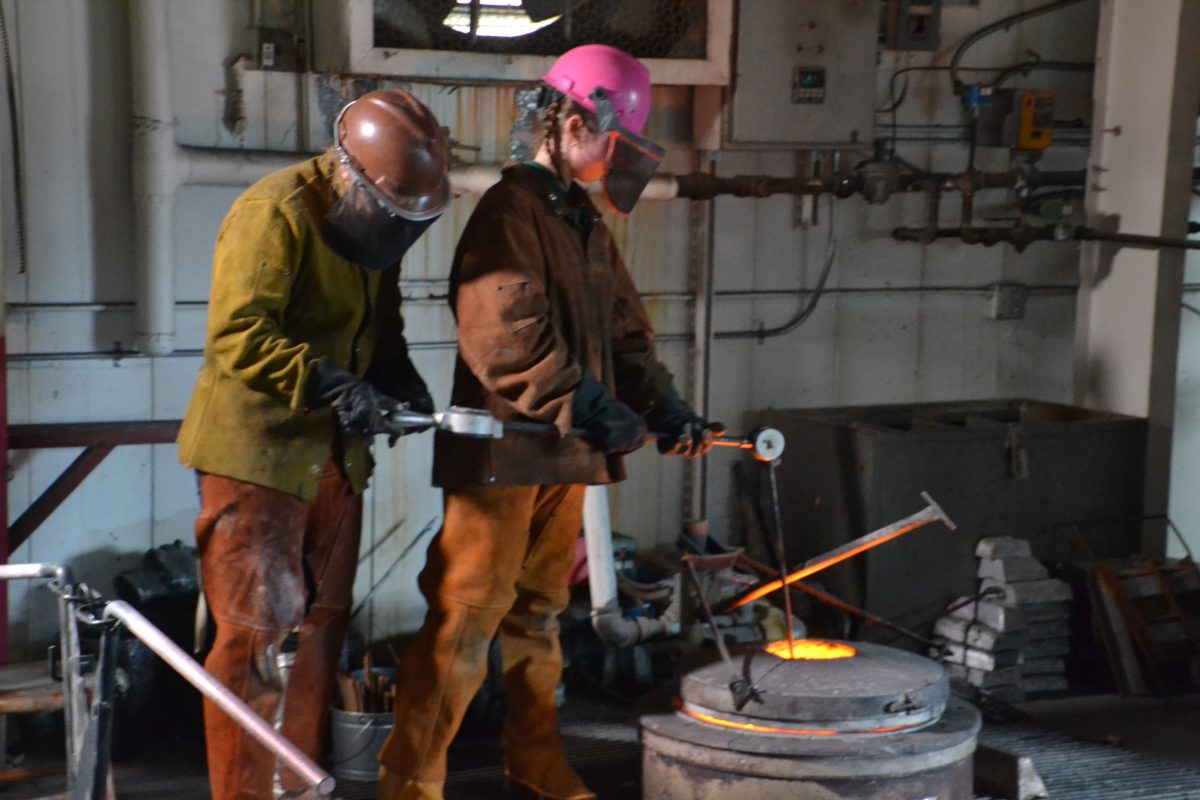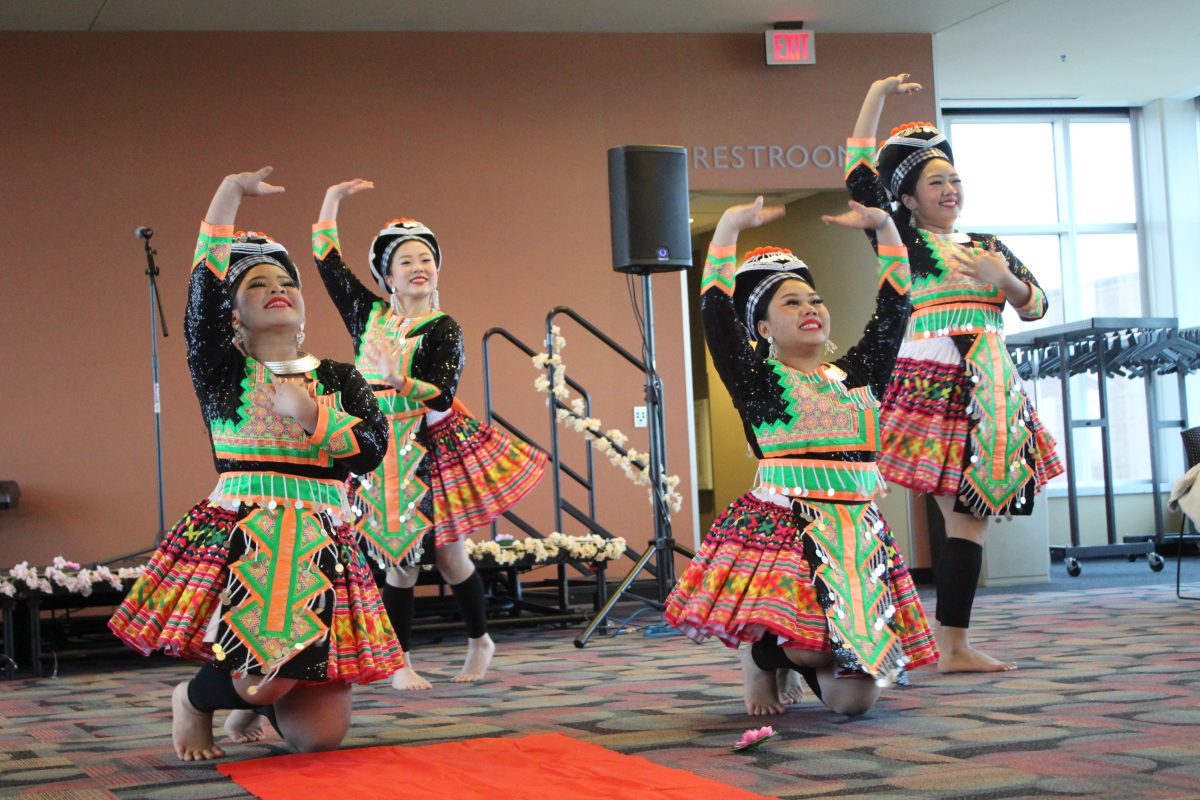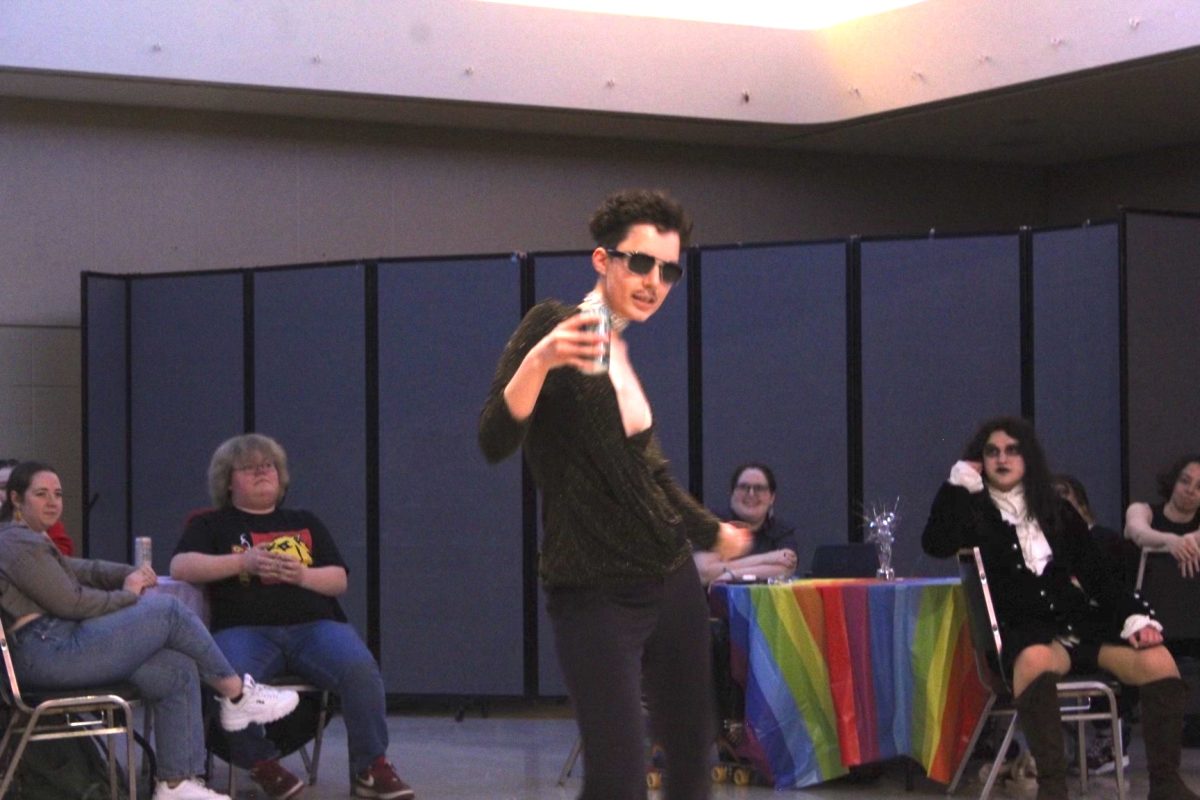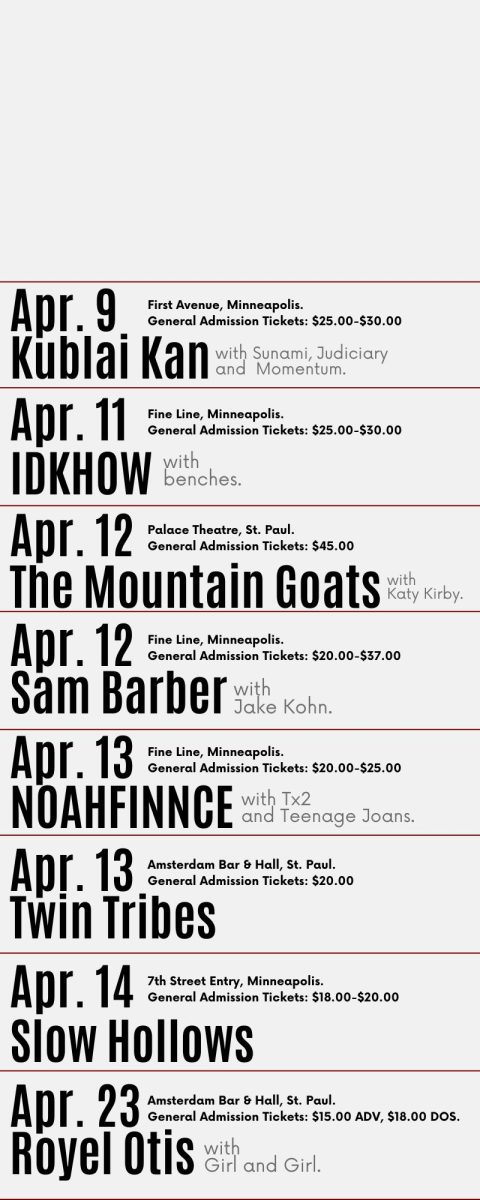Propped up against Pierce Butler route, Hamline University’s campus concentrates students who attend into the middle of the Hamline-Midway residential neighborhood. The west side of campus ends at Snelling Avenue, a street filled with local storefronts and gas stations. On the other side of the newly installed four-way intersection across Snelling, Hamline Elementary students attend their local public school.
The Midway, like many Twin Cities neighborhoods, is rich with unique community stakeholders and cultures. Hamline University makes efforts to provide the neighborhood with support through its students and resources, at places like Hamline Elementary. Hamline also provides distinct opportunities in fields that may otherwise be difficult to locate an academic perspective on, such as forensic osteological identification as one offering from Hamline University’s Center for Anthropological Services (HUCAS).
The bettering of one’s community is a pillar of the education Hamline claims to value in their mission statement, claiming “We demonstrate that academic excellence goes hand in hand with improving the lives of others.”
Community partnerships
A 125-year partnership with the neighboring elementary school expanded into an innovative and unique collaboration dubbed the Hamline-to-Hamline Collaboration in 1991. With funding from the Bush Foundation, the already one-of-a-kind collaboration was expanded into an elementary program redesign, earning Hamline Elementary a lab school designation. A lab school is a primary or secondary school that operates with a place of higher teacher-learning education, such as a university, to bring educational theory and research directly into practice from classroom to classroom.
Much in credit to this program, Hamline University — which rehoused the School of Education and Leadership (HSEL) under the College of Liberal Arts (CLA) in 2016 — is a strong individual driver of enrollment for students looking to pursue an education degree. The program is ranked second in the state and seventh in the midwest for Undergraduate Teaching in the U.S. News & World Report from 2023-24.
The rehousing, or ‘realignment’ of the HSEL is part of a broader restructuring of the institution’s internal crossover of faculty and staff.
“It is something that brought the faculty who have been teaching in the School of Education and the faculty in the CLA closer together, so there are now new collaborations,” Dean of the CLA Marcela Kostihova said.
The Hamline-to-Hamline Collaboration Coordinator Alex Troy holds a unique position in the district. Troy is in her first year in this role and has been looking for collaboration opportunities with the university all year.
“I think one of the missions of the university is to be community-engaged, us being here and having this existing relationship, and us being willing and interested […] We don’t need to do the buy-in part and the building of relationship when you’re trying to engage with a new community partner,” Troy said. “We’re here, and we’re excited to do more stuff with the university.”
Breaking down the ivory towers
The longevity of these partnerships speaks to the value this ever-changing community finds in maintaining them. From an educational standpoint, these partnerships offer unique learning opportunities for Hamline students to practice what they learn in the classroom, ensuring Hamline students are career-ready.
“The relationship and building a partnership with these amazing organizations are really important to education,” former St. Paul Mayor and political science Professor Jim Scheibel said.
In Troy’s personal experience with higher education, she expressed seeing a similar disconnect between application and analysis in her community and her college. Troy got her undergraduate degree from Colorado College, a similarly small private liberal arts college with a mission statement towards creating career-ready learners as well.
“I feel like sometimes, in at least my experience in higher education, I felt like a lot of it was very theoretical and we’re reading all these academic papers which is all really cool, but then to connect it to real life and what real people are experiencing right here is just really cool and can make learning more meaningful,” Troy said.
Professor of Anthropology David Davies brings his various anthropology courses on field trips and off-campus excursions often as a core belief of his educational style. His relationship to the Midway has shifted over his 20 years of being in this community, and is glad to see the relationship become less transactional.
“When I first started at Hamline, the sense that I had from the neighborhood was that … people who work[ed] here saw the neighborhood as a place to kind of do things and extract information from and not really have relationships with, and that’s changed a lot over the years,” Davies said.
The perceived lack of self-awareness in how Hamline interacts with the Hamline-Midway neighborhood has harmed the university’s standing with its partners before, and created disconnected or partially-planned neighborhood projects, leaving folks with unclear expectations of what they will be supported on.
Professor Mike Reynolds, who has worked with the Hamline-Midway Coalition (HMC), has been a part of the Hamline-Midway community for several years, and identified this pattern in how projects fizzle out, and partnerships weaken.
“We could probably walk around and [find] a list of ways that Hamline partners with, whether it’s the Midway or other community organizations, pretty effectively […] [But] we don’t talk about this, we don’t amplify it, we don’t provide the model for external organizations or just neighbors to look and say, ‘Oh, look, yeah, I want to do that,’ or ‘Well, that’s the thing I could do with this with the university as a partner,’” Reynolds said. “I don’t think building that sense that we are mutual resources has been at the forefront,” Reynolds said.
Educating future community leaders
Hamline’s faculty in all areas of campus are working to integrate their students into meaningful real life work, innovating within their courses to bring students to the community. Professor of Marketing Sonal Gerten’s advertising class is one example of such a community partnership. In 2023, her advertising course collaborated with Juxtaposition Arts, a Black-led youth oriented nonprofit arts center, to create promotional material for their Give to the Max Day as well as a collaboration with Red Wing Shoes.
“I think something like that just feeds into that curiosity which I think that we want more of, asking questions and being open, and wanting that hunger, to learn and know more,” Gerten said.
Her students were given the opportunity to work with this local creative center and use the skills they had been working on and learning in their classes to effect tangible programs in their own communities, and were able to watch in real time how their efforts became the change they want to see in the world.
“It’s just real life proof for the students, because I think a lot of times students feel like, well, do I really have the expertise and skills to make a difference? And the answer is, yes, you do,” Gerten said.
Hamline’s Take the Lead campaign, which concluded in Dec. 2023, was started by President Fayneese Miller in 2015 and raised over $122 million in gifts and scholarships towards improving financial aid opportunities for students, academic initiatives and specialized endowments for specific activities. The Take the Lead campaign marketing came from Hamline’s history of firsts; the first university in Minnesota, the first game of intercollegiate basketball to be lost. It also references the kinds of leaders that Hamline aims to produce in their students.
“Part of the mission and goal of Hamline is to create and support the kind of leadership cities need in the future,” Scheibel said.
In extending Hamline’s reach into the wider community as a partner for learning and growing rather than a resource only for the university, the reciprocal relationship builds Hamline into the neighborhood and embeds students who invest in the school’s teachings into St. Paul’s Hamline-Midway community as members.

